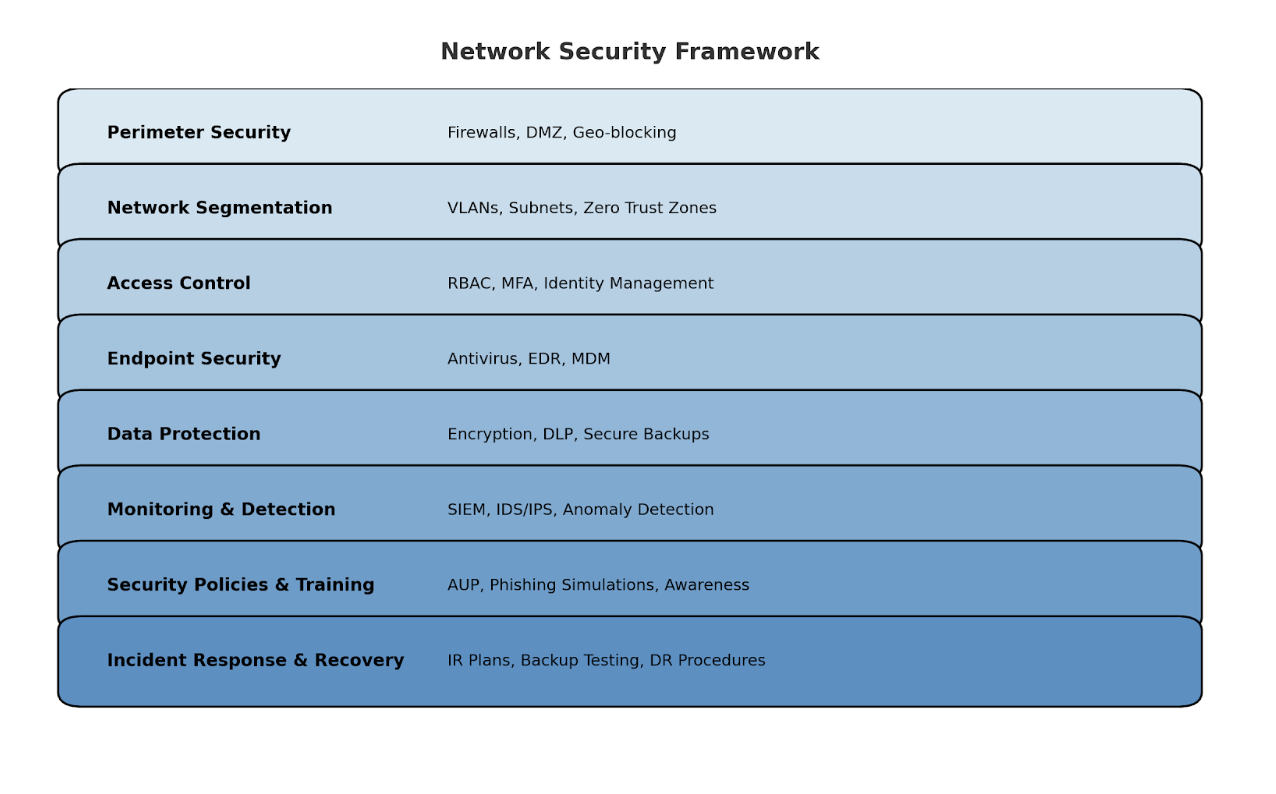
In today’s hyper-connected world, staying protected isn’t just smart—it’s essential. Whether you’re working from home, running a small business, or safeguarding your family’s devices, cyber threats are constantly evolving. The key? Staying one step ahead. That’s where we come in. Our simplified guide helps you identify weak spots in your network, fix vulnerabilities before they’re exploited, and keep your systems and data safe without needing to be a cybersecurity expert
Prevention is your best defense. Most cyberattacks start by targeting small, often unnoticed weaknesses. By addressing these early, you protect not just your data but your time, money, and peace of mind. And remember, security isn’t a one-time fix. It’s an ongoing effort in a digital world that never ceases. Ready to take control of your network security? Start with the basics and stay protected.

Commonsense Way to Check Network Vulnerabilities
You don’t need to be a cybersecurity expert to protect your network. Below is a practical, commonsense guide to identifying and fixing vulnerabilities in a home or small office network.
1. Know What’s on Your Network
Use your router’s admin page or tools like Advanced IP Scanner or Fing to see what devices are connected. If something looks unfamiliar, investigate.
2. Check for Open Ports
Use an online tool like ShieldsUP to scan your network for open ports that could be entry points for attackers.
3. Check for Weak Passwords
Avoid default or simple passwords. Use a password manager to create and store strong, unique credentials.
4. Update Your Devices
Outdated firmware or software is a major security risk. Keep your router, printer, cameras, and computers up to date.
5. Secure Your Wi-Fi
Use WPA2 or WPA3 encryption, change your default SSID, and disable WPS if it’s on.
6. Use an Online Vulnerability Scanner
Try tools like Qualys BrowserCheck, Bitdefender Home Scanner, or Nessus Essentials to spot issues.
7. Check What’s Running in the Background
Review startup programs and background processes on your computer. Disable anything unnecessary.
8. Look for Suspicious Behavior
Watch for slow internet, strange popups, or odd device behavior. These may signal malware or intrusions.
How to Detect Vulnerabilities in a Network
Detecting vulnerabilities in a network is essential for protecting an organization’s digital infrastructure. It involves identifying weaknesses across devices, software, configurations, and user access that could be exploited by attackers. Below are the key steps and tools involved in vulnerability detection:
1. Conduct a Network Asset Inventory
2. Use Vulnerability Scanning Tools
3. Perform Penetration Testing
4. Check Configuration Weaknesses
5. Analyze Patch and Update Status
6. Audit Access Control & Authentication Settings
7. Leverage Threat Intelligence
8. Integrate with SIEM
9. Conduct Regular Security Audits
10. Track, Remediate, and Re-Scan